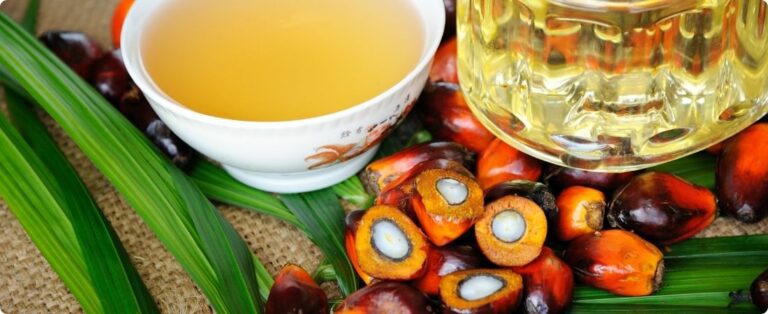The area harvested with sugar cane, corn and soybeans increased by 106.8 % in 25 years in Brazil. In the same period, the quantity produced increased by 197.4 %. Despite showing total growth in area and production in all regions of the country, the increases were not uniform across the three crops, shows a study carried out by researchers from Embrapa Meio Ambiente and the National Institute for Space Research (Inpe) and presented at XVIII Brazilian Symposium on Remote Sensing (SBSR).
Data on harvested area and quantity produced of the three largest crops in area: soybeans, sugar cane and corn, provided by IBGE's Municipal Agricultural Production (PAM), referring to the period between 1990 and 2014, were used to evaluate the dynamics of Brazilian agriculture. The analysis focused on the increase in time and the change in the space occupied by production. Images from the Landsat-8 satellite were used to illustrate changes in land use and cover in some chosen areas.
In 25 years, the combination of the increase in Brazilian agricultural productivity with the large-scale adoption of the practice of the safrinha or second harvest (intensification of agriculture) resulted in an increase of 197% in the production of these crops, without expanding the cultivated area in the same proportion as the production. There was also a significant change in production locations.
According to the researchers, “technical advances are responsible for a large part of these changes. However, it also involved advances in infrastructure and public policies, as well as greater insertion in international markets. These considerations show that Brazilian agriculture has chosen to grow via productivity, a modern method, based on science and technology, which requires strong participation from the public sector”.
These three crops presented the highest production volume, in tons, and also occupy the largest harvested area, in hectares, among the 31 temporary crops surveyed by PAM/IBGE in 2014.
In addition to observing how the production map changes over time, based on IBGE data, it was verified how this change recorded by the subjective numbers of the official agricultural survey is reflected in the aspect of land use as identified by satellite images . To this end, areas of municipalities that underwent major changes in agricultural land use during the studied period were selected, both in terms of growth in crop area and changes in the crops present in the area. “We found that, in relation to sugarcane -sugar, 32 municipalities with the highest production accounted for 25% of national production in 1990 and this number increased to 54 in 2014”.
In the case of soybeans, while the number of municipalities responsible for a quarter of Brazilian production barely increased, going from 26 to 27 in 25 years, only 9 of them remained in the group of largest producers, which demonstrates the geographic change that has occurred. Crop productivity grew by 52.6%, with the maximum growing much less (30.2%) than the minimum (98.6%), resulting in greater homogeneity in the group, represented by a reduction of 50.7% in the CV.
Corn culture was another crop that underwent enormous transformations both in spatial distribution and technological level in the last 25 years. While 81 municipalities were needed to account for a quarter of national production in 1990, in 2014 only 24 were responsible for 25% of the total harvested. And only 8 of those largest producers of the past remained in the current top quartile, with 16 new highlights emerging among the municipalities responsible for the production of Brazilian corn. On the technological side, average production in this group of largest producers increased by 113.1 %, with minimum productivity increasing by an impressive 316.8%.
To compensate for the reduction in the number of largest producers in this group and still guarantee the growth of national production, the average production of these municipalities increased by 1,136.4 %, giving rise to giants with up to 2 million tons harvested annually, when in 1990 the maximum was just over 250 thousand tons.
The change in the location of sugarcane, soybean and corn production, in the 25 years studied, took place towards regions in which municipalities recently incorporated large-scale agricultural production of commodities, in addition to being more extensive in area , have been, in general, occupied by inserted and informed producers, who manage their crops based on the most recent technologies, achieve greater productivity and behave in a more homogeneous way.
The authors of the study are Alfredo Luiz and Marcos Neves, researchers at Embrapa Meio Ambiente and Ieda Sanches, a researcher at Inpe.
Source: Agrolink










